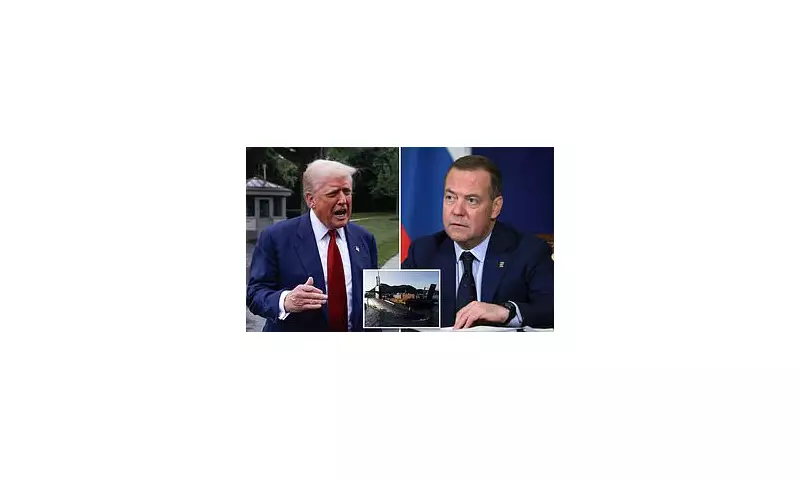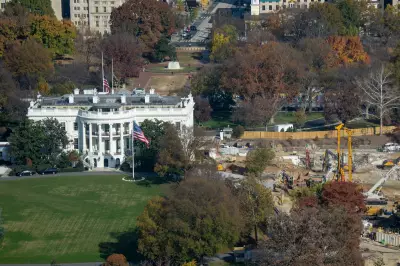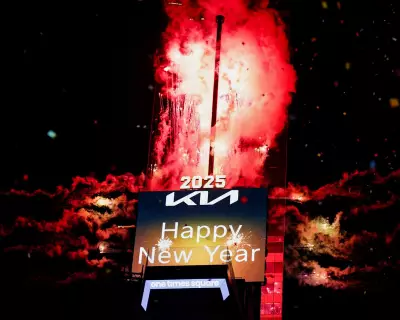
Russia's ominous 'Dead Hand' nuclear submarine, a relic of Cold War-era deterrence, could soon be back in operation, according to defence analysts. The chilling prospect emerges as geopolitical tensions escalate, with some experts suggesting that former US President Donald Trump's policies may inadvertently fuel a new arms race.
The 'Dead Hand' System: A Cold War Nightmare
Developed during the height of Soviet-US tensions, the 'Dead Hand' (officially known as Perimeter) is a semi-automatic nuclear retaliation system designed to launch missiles even if Russia's leadership is wiped out. The system, which reportedly remains operational today, represents one of the most terrifying aspects of nuclear deterrence strategy.
Why Now? Rising Tensions and Nuclear Posturing
Recent developments in US-Russia relations have brought renewed attention to Moscow's nuclear capabilities. Defence specialists note that Russia has been modernising its nuclear arsenal, including submarine-launched ballistic missiles, amid deteriorating diplomatic relations with the West.
Trump's Nuclear Legacy: Provocation or Deterrence?
During his presidency, Donald Trump pursued an aggressive nuclear policy, withdrawing from key arms control treaties and advocating for US nuclear modernisation. Some analysts argue this approach may have encouraged Russia to maintain and potentially activate systems like 'Dead Hand' as a countermeasure.
Global Implications: A New Arms Race?
The potential reactivation of 'Dead Hand' raises serious concerns about nuclear escalation. Arms control experts warn that such systems increase the risk of accidental nuclear war, as they reduce human decision-making in the launch process.
As the world watches these developments unfold, the spectre of Cold War-era nuclear brinksmanship looms larger than it has in decades, with submarine-based deterrents playing a central role in this dangerous geopolitical chess game.





